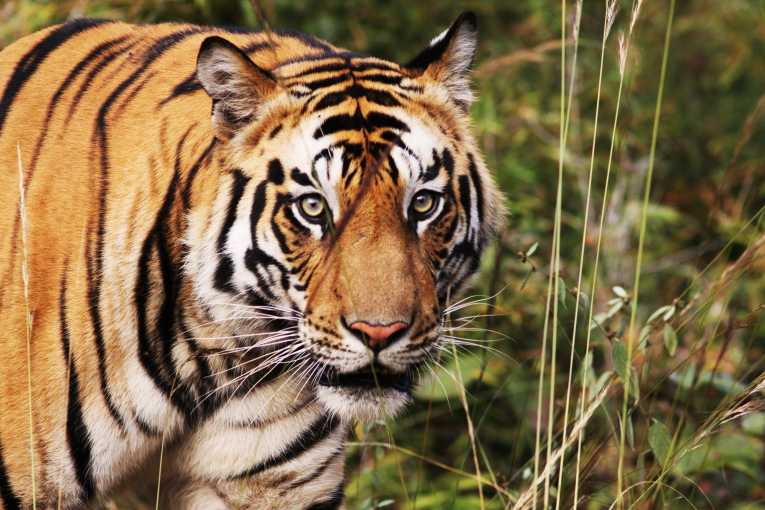In 2006, the team behind Project Tiger, setup in the 1970s to help halt the decline of India's endangered species, was alarmed to discover only 1,411 were still in the wild. A second census in 2010 found the population had rallied by around 300, but a serious problem remained and that was the tiger's shrinking habitat.
Development in India to satisfy the country's growing population needs and requirements was infringing on the delicate ecosystem that housed the tiger. Now an embracing of new technology in the ongoing struggle to save the tiger is not only mapping how many are left, but also its habitat, helping to identify potential new homes.
Project Tiger is run by Indian wildlife and forest management officials. Its aim to produce a 'tiger atlas' alongside a 'tiger habitat population evaluation system'.
Combining radio telemetry, Geographic Information Systems (GIS), camera traps and satellite tracking can accurately estimate, track and protect India's remaining 1,706 tigers. The Indian Institute of Science has made nearly 600 camera traps which are used by forest department, researchers and NGOs across the country. They are used to help estimate population size. GIS is aimed to move towards a day-to-day reporting of the animals in the field.
The team is waiting to implement wireless sensor networks with the aim of real-time monitoring of
tiger movements. Alongside this mapping, data acquisition, GIS modelling along with field data collection and validation will help landscape the tiger's habitat.
It will cover 17 states and conservation units including Shivalik-Terai covering Uttaranchal, UP, Bihar, West Bengal and Nepal, Sunderbans and other conservation units in the north east, central India and the east and west Ghat.
Satellite data and classification information will help identify vegetation, map the land's contour, villages, roads, drainage and soil alongside agriculture requirements, the human population, livestock and meterological conditions to monitor risks and characteristics.
Technology is also targeting poachers through DNA analysis and wider communication is being used to target crime.
PR Sinha of the Wildlife Institute of India describes these as "landmark developments in integrating technology with mainstream conservation".
Campaigners are calling for a "preservationist" approach, bringing together different sectors and government departments as the habitat of the tiger cannot be viewed in isolation. In raising the profile of an ecological connectivity between the tiger and the indigenous human populations that share its habitat have to work together and both survive.










